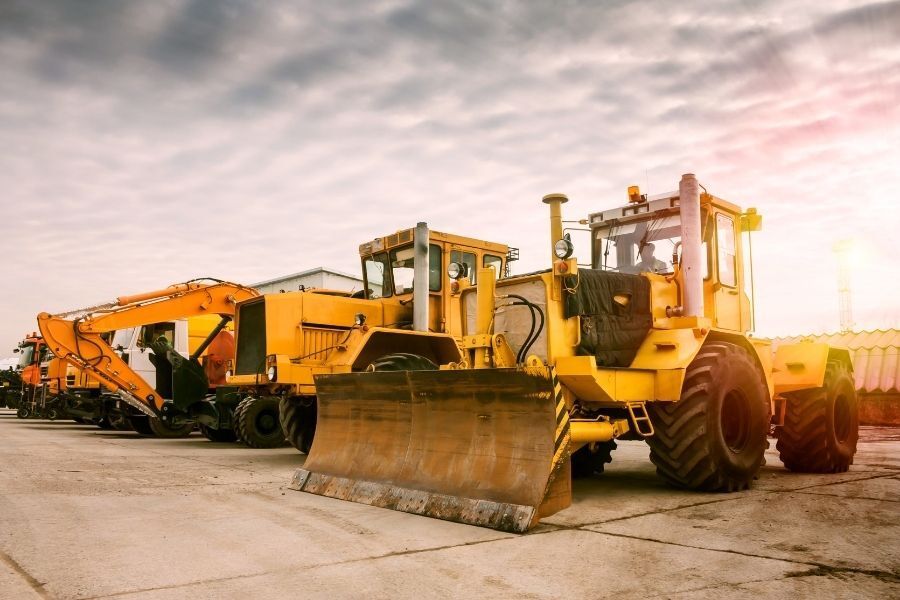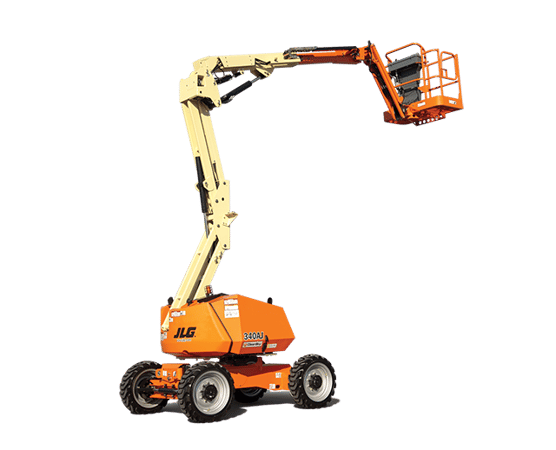Equipment Rental Company: Your Resource for All Sorts Of Machinery
Equipment Rental Company: Your Resource for All Sorts Of Machinery
Blog Article
Maximize Your Spending Plan by Recognizing the Costs Linked With Building And Construction Equipment Rentals
Comprehending the complete scope of prices connected with building tools leasings is critical for optimizing your spending plan. What techniques can be utilized to efficiently take care of these expenses and guarantee a much more reliable rental experience?
Review of Rental Costs
When taking into consideration building equipment rentals, comprehending the associated costs is paramount for reliable budgeting and task preparation. Rental expenses can differ significantly based upon numerous aspects, including equipment kind, period of leasing, and location. The first rental cost often reflects the tools's market demand and its associated functional capacities, affecting the general expense.
In enhancement to the base rental price, secondary expenses might occur, such as transportation fees, fuel surcharges, and upkeep costs. It is vital to make up these extra costs to properly evaluate the complete cost of leasing tools. The rental period can affect rates; longer rentals might certify for affordable rates, while temporary rentals might incur greater daily costs.

Breakdown of Rental Prices
An extensive understanding of rental prices is essential for contractors and job supervisors intending to optimize their budgets. Rental prices for building equipment generally include several parts, including base rates, time-based charges, and use charges.
Base rates are the core fees connected with the rental of the equipment, frequently determined by the type and dimension of the machinery. These rates can differ considerably, influenced by elements such as tools need, availability, and local market patterns. Time-based charges, which might be daily, weekly, or monthly, offer to fit various task timelines and rental durations.
In addition, rental rates may include usage costs, which apply when tools is made use of beyond a defined limit, ensuring that the rental company can make up damage. Seasonal need variations can additionally influence rental prices, with peak construction periods usually commanding higher costs.
Additionally, understanding the rental company's policies relating to upkeep and insurance can supply further insight into the total price framework. By evaluating these parts, service providers can make enlightened choices, making sure the choice of rental equipment lines up with both task requirements and budget constraints.
Added Fees to Take Into Consideration
Recognizing the intricacies of added fees is important for contractors to manage their overall service expenditures properly. Past the common rental prices, numerous extra fees can significantly affect the complete cost of tools leasing. These costs usually include delivery and pickup fees, which can differ based upon distance and logistics associated with delivering the equipment to and from the work site.
Additionally, some rental business might impose fuel additional charges if the equipment is returned with less gas than when rented out. It is also vital to understand potential cleaning charges, specifically for specialized equipment that requires detailed upkeep after usage.

Completely reviewing the rental contract and making clear these additional charges upfront can assist professionals make certain and stay clear of unexpected expenses that budget plans continue to be intact throughout the project lifecycle.
Maintenance and Repair Service Expenditures
Regular repair and maintenance expenditures power heavy equipment are commonly neglected elements that can substantially affect the overall price of building and construction tools services. When renting out devices, it is important to consider not just the rental charges however additionally the prospective prices connected with maintaining the machinery in optimum operating condition.
Numerous rental business consist of basic upkeep as part of the rental agreement; nevertheless, a lot more substantial repairs or unforeseen failures can bring about extra expenditures. It's vital to evaluate the rental contract thoroughly to recognize what upkeep solutions are covered and what obligations fall on the occupant.
Furthermore, devices that is not well-kept can bring about inadequacies at work website, possibly creating helpful resources hold-ups and boosting job costs. To mitigate these risks, it is a good idea to perform routine assessments and preserve open interaction with the rental company concerning any kind of problems that develop throughout use.
Insurance Coverage and Liability Expenses
Insurance policy and responsibility prices are important components that can substantially impact the general cost of building tools rentals (aerial lift rental). These expenses ensure that both the rental firm and the customer are secured from prospective monetary losses arising from crashes, damages, or burglary throughout the rental duration

Furthermore, customers need to be conscious of any kind of deductibles or exemptions in the pop over here insurance coverage, as these can influence potential out-of-pocket expenditures. Understanding the terms and problems of any kind of insurance policy protection is important to stay clear of unforeseen costs. Ultimately, budgeting for insurance and obligation costs can help make certain a smoother rental experience and protect against financial dangers connected with building and construction projects.
Conclusion
In verdict, an extensive understanding of the costs linked with building and construction equipment services is vital for efficient budget management. Eventually, informed decision-making pertaining to devices rentals contributes to the general success of building and construction ventures.
Rental expenses can differ considerably based on numerous variables, consisting of devices type, duration of leasing, and area (forklift rental). The rental duration can influence prices; longer leasings may qualify for discounted prices, while temporary services could sustain greater daily costs
By performing comprehensive research and involving with reputable rental business, professionals can properly browse the complexities of rental rates, inevitably maximizing their monetary resources.
Past the typical rental prices, different supplementary costs can substantially influence the total cost of devices service. Rental firms typically give liability insurance coverage that covers injuries to 3rd parties or damages to property, while tools damage insurance coverage can cover the price of repairs or replacement if the leased equipment is damaged.
Report this page